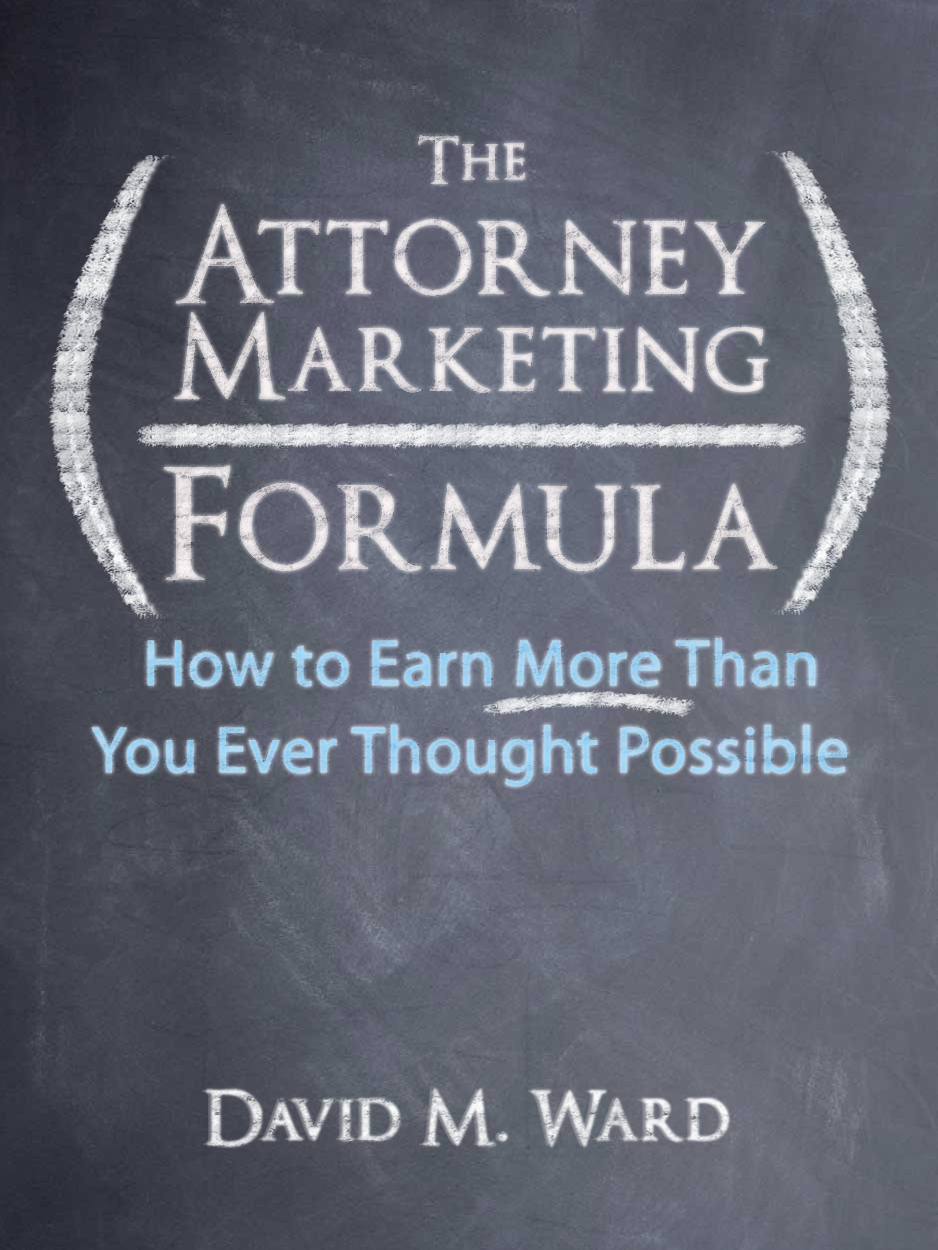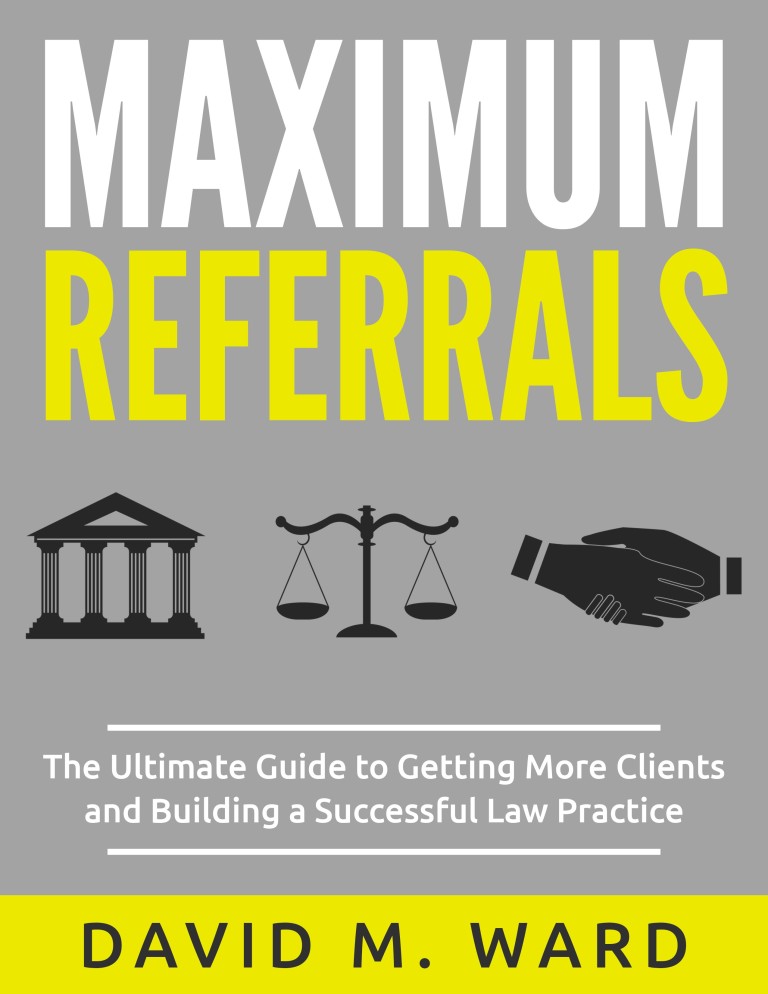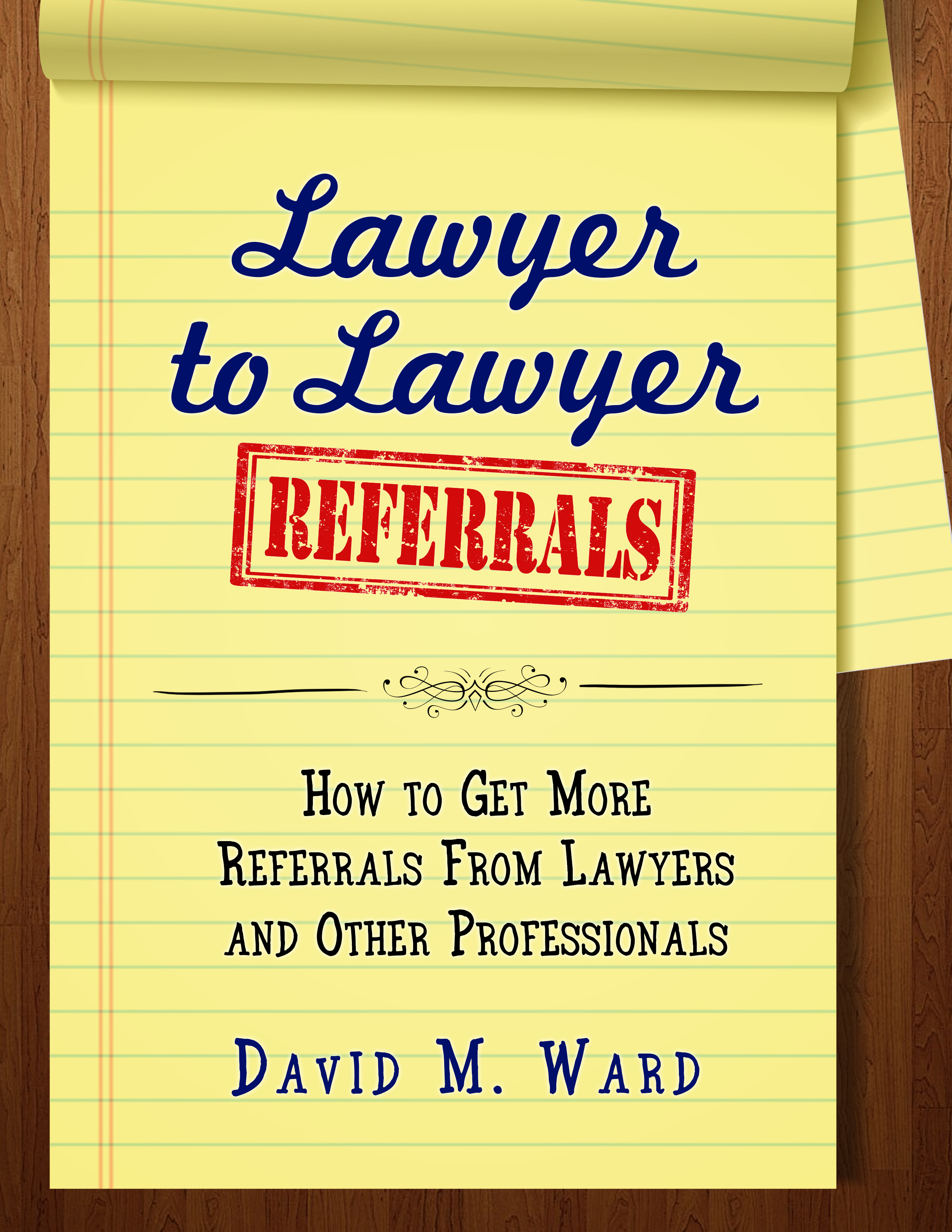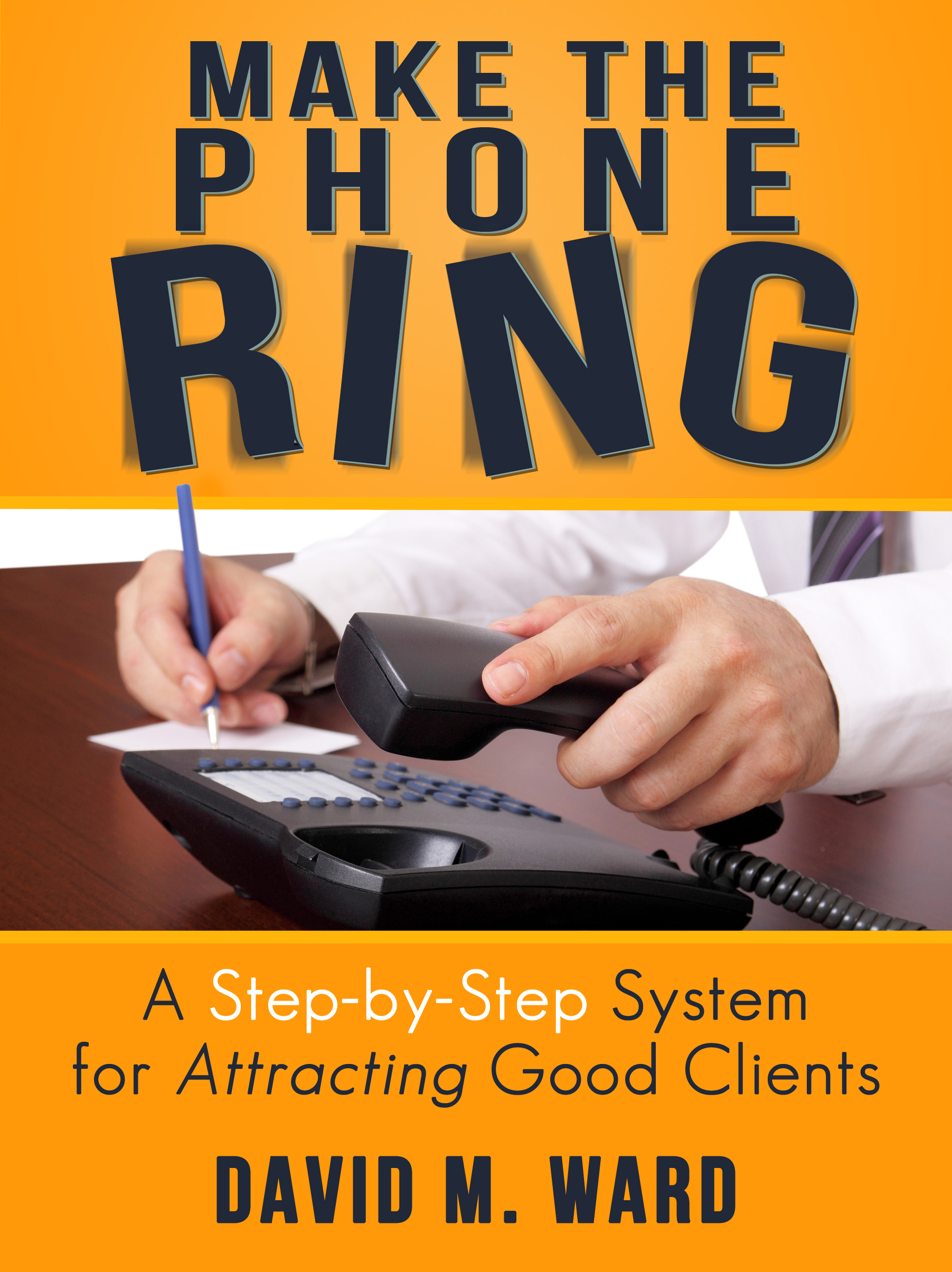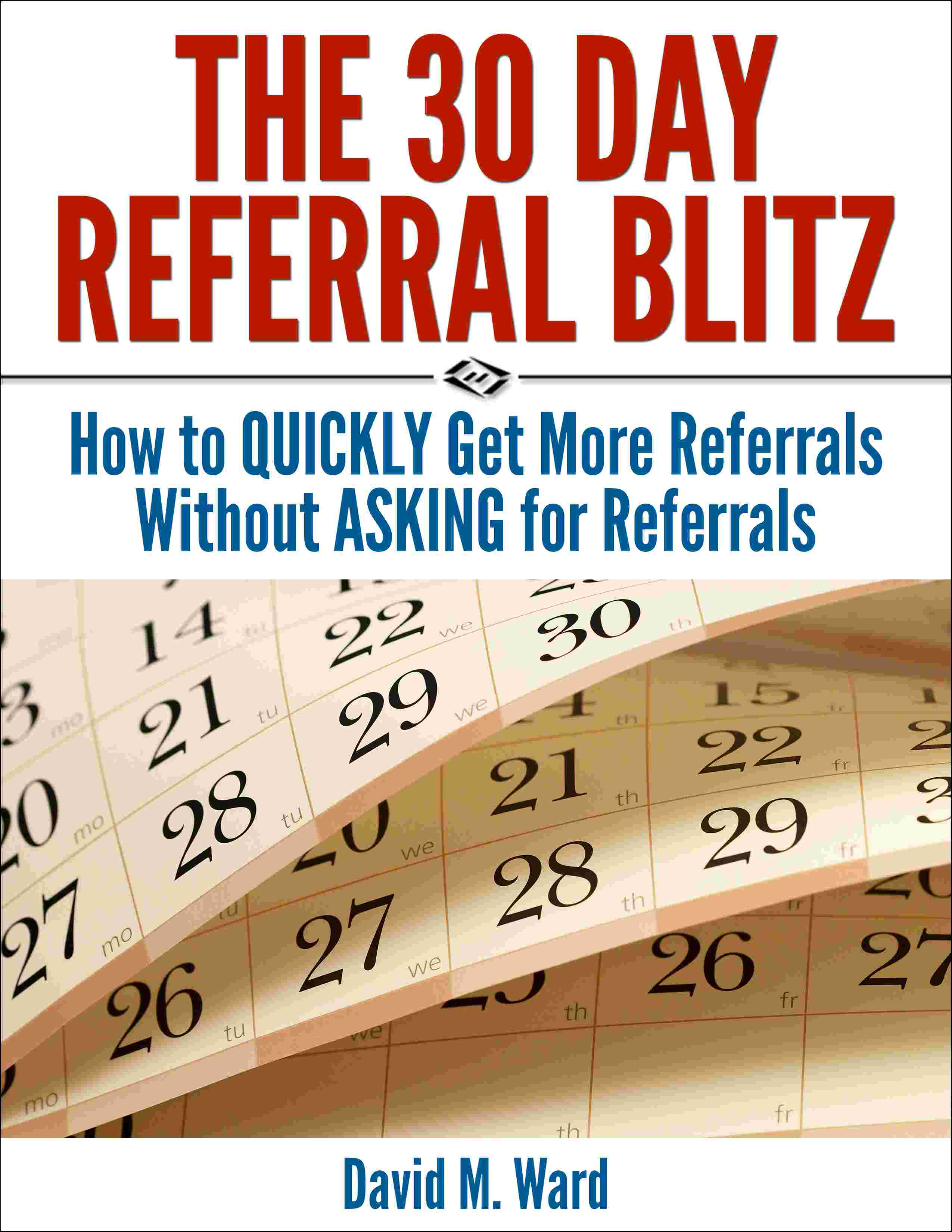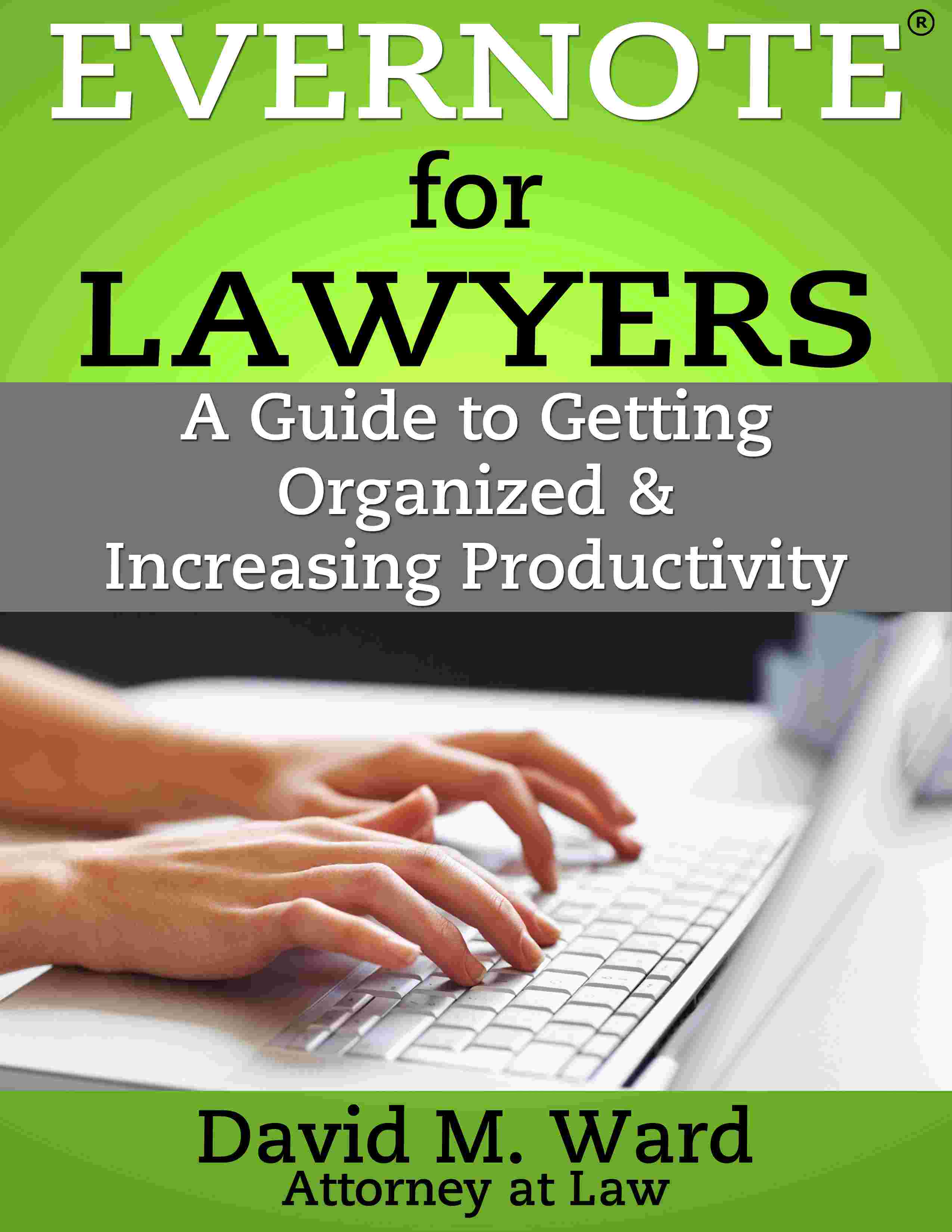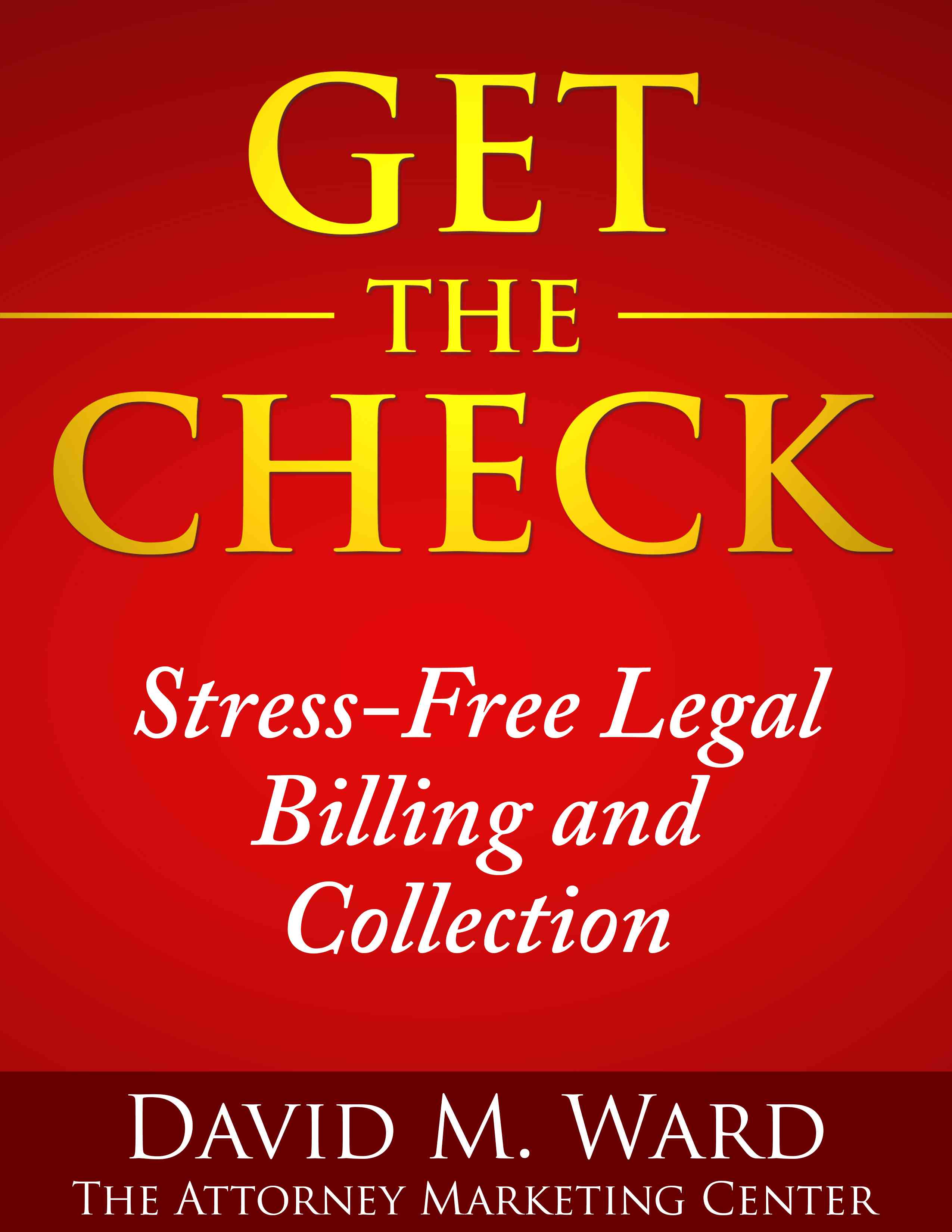Busy season? Do lawyers have busy seasons? Sure. It may not be a certain time of the year, but lawyers clearly have times when they have more work than other times.
Lots of work, new clients signing up, trials, meetings, travel, old clients who got in trouble….
Maybe an ad took off. Maybe they were in the news for something they did and got noticed. Maybe they got a few referrals, and those led to more referrals. Maybe they met someone at a party and became BFFs.
Something happened, momentum kicked in, and they got busy.
You’ve had busy periods, yes? You’ve also had periods when the phones were quiet and you were twiddling your thumbs, waiting for things to change.
Don’t wait for anything to change. Prepare.
When things are slow, do something. Move. Shake your booty and make something happen.
Create a seminar or update and promote your old one. Talk to your clients and professional contacts, see if there’s anything they need or if they know anyone who might. Run more ads or hire a consultant to help you improve your campaigns. Get out of the office and meet some new faces.
While you’re at it, when things are slow, update your systems, forms, and templates, catch up on CLE, take marketing classes, research new markets, experiment with new strategies.
If things pick up, great, you’ll be ready. If they don’t pick up, hopefully the energy you’re putting in will eventually pay off.
Every lawyer goes through seasons. You don’t know if they will be feast or famine, if or when they might occur or how long they will last.
The only thing you know is that anything can happen and you need to be prepared.

